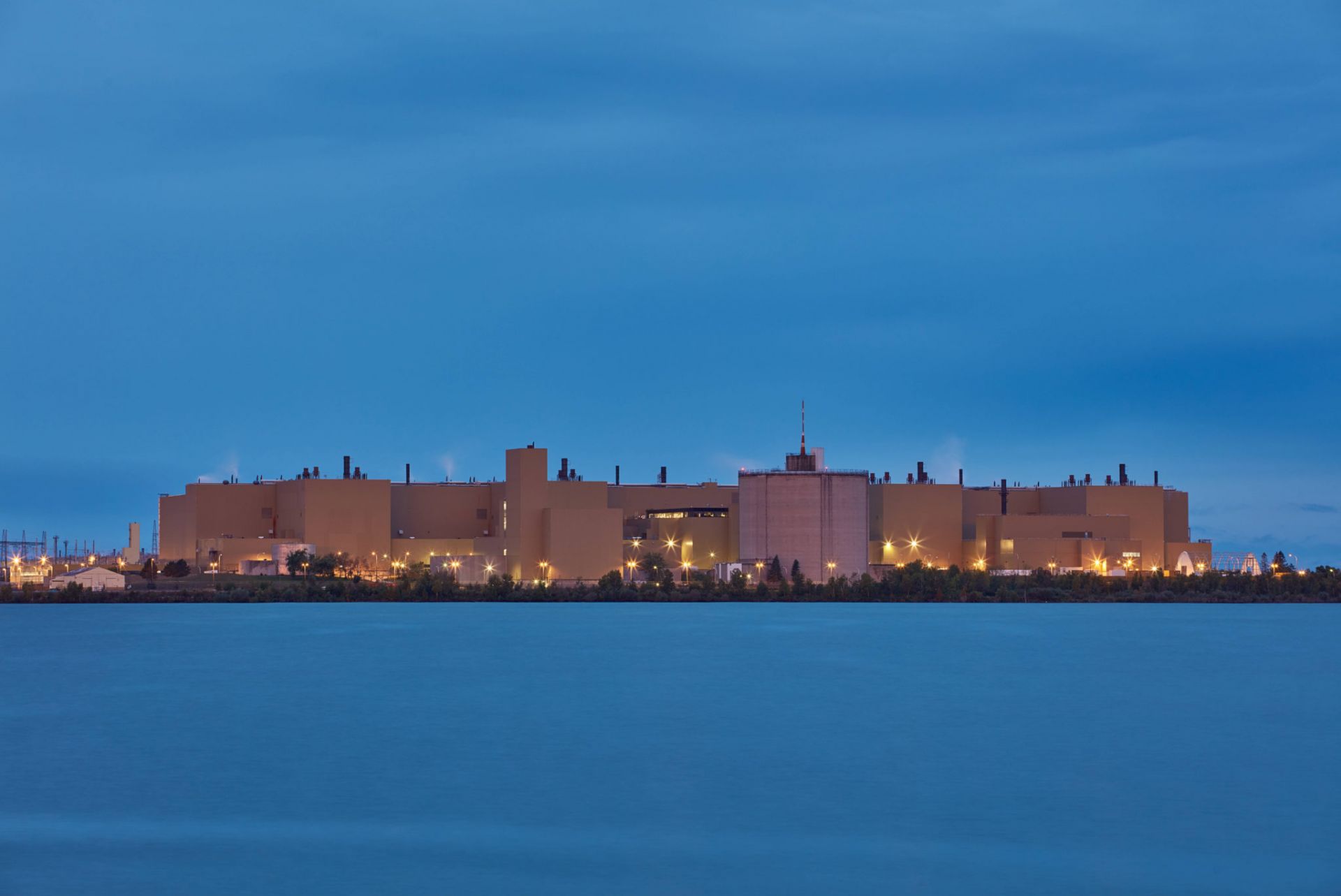Outgoing WNA leader: Cross bridges that divide us
Rising
Agneta Rising, outgoing director general of the World Nuclear Association, wrote in an October 27 World Nuclear News article that nuclear power is an essential part of the climate change solution, even if it is not part of the conversation in the European Union. “In many ways, the future of nuclear energy is much brighter than it has been for many years. We are evermore recognized and valued for the unique services that nuclear energy offers humanity, and I am immensely proud to have served and led our industry through these exciting times," said Rising in a farewell message that recapped her time as WNA director general.


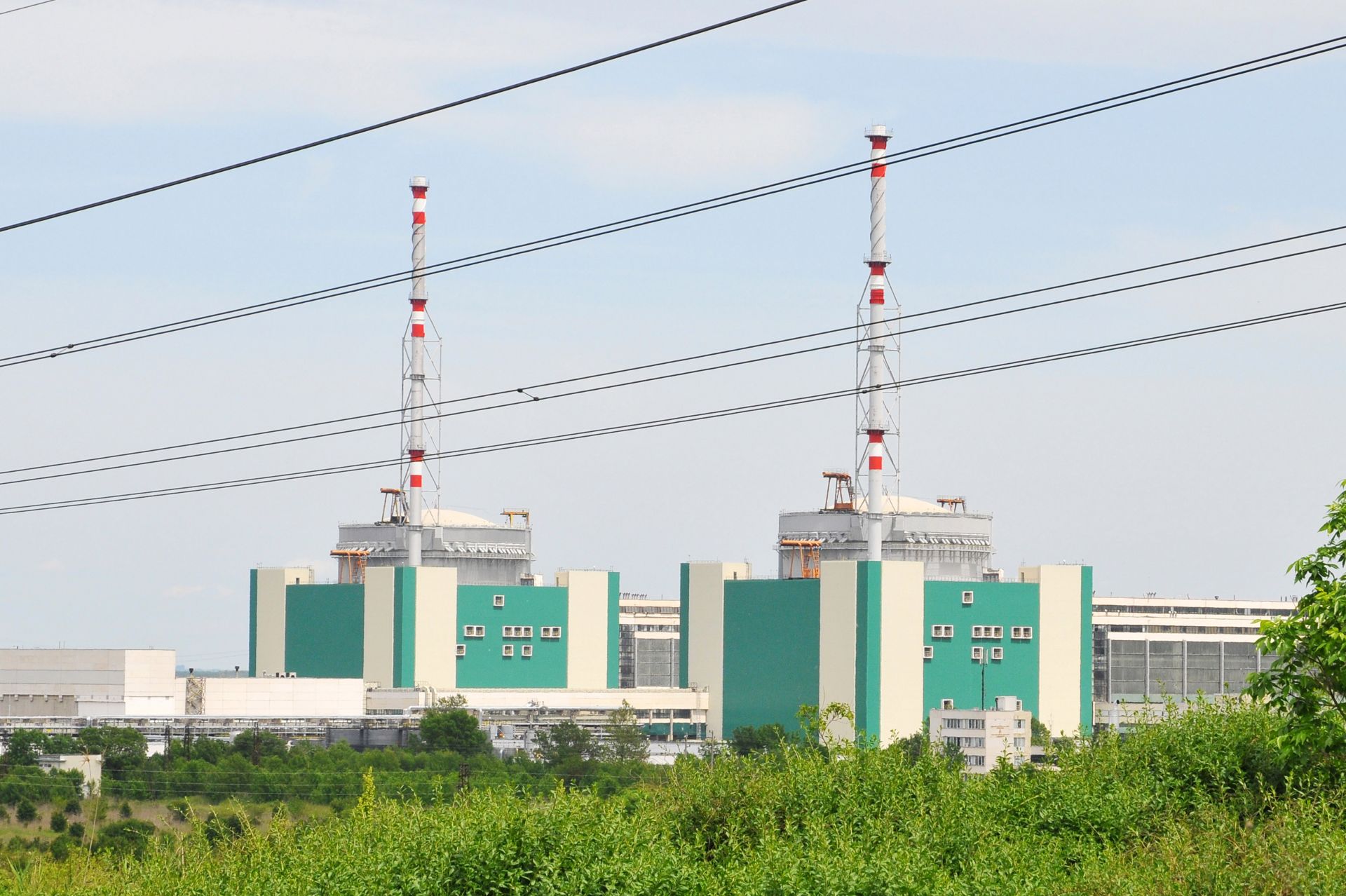


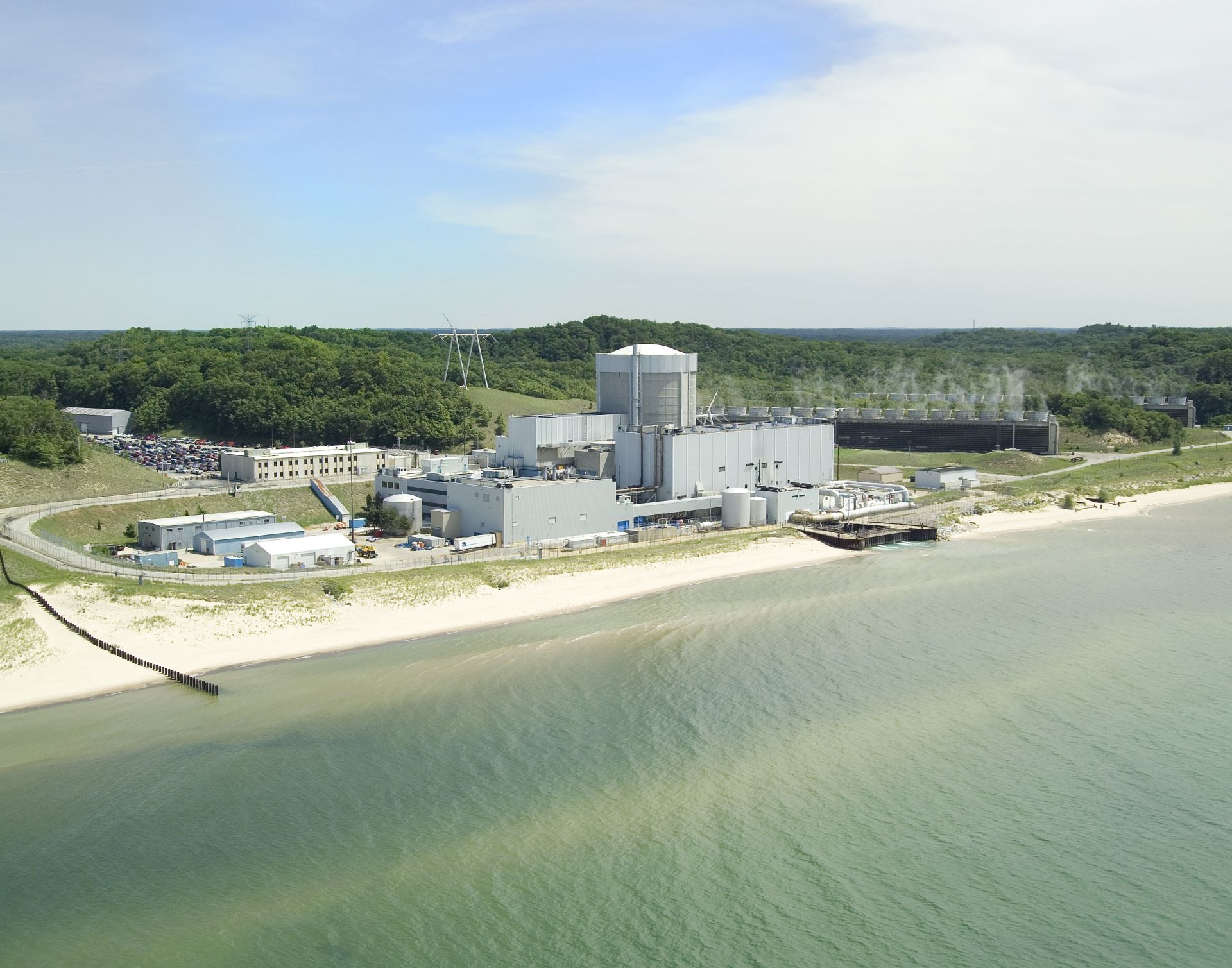


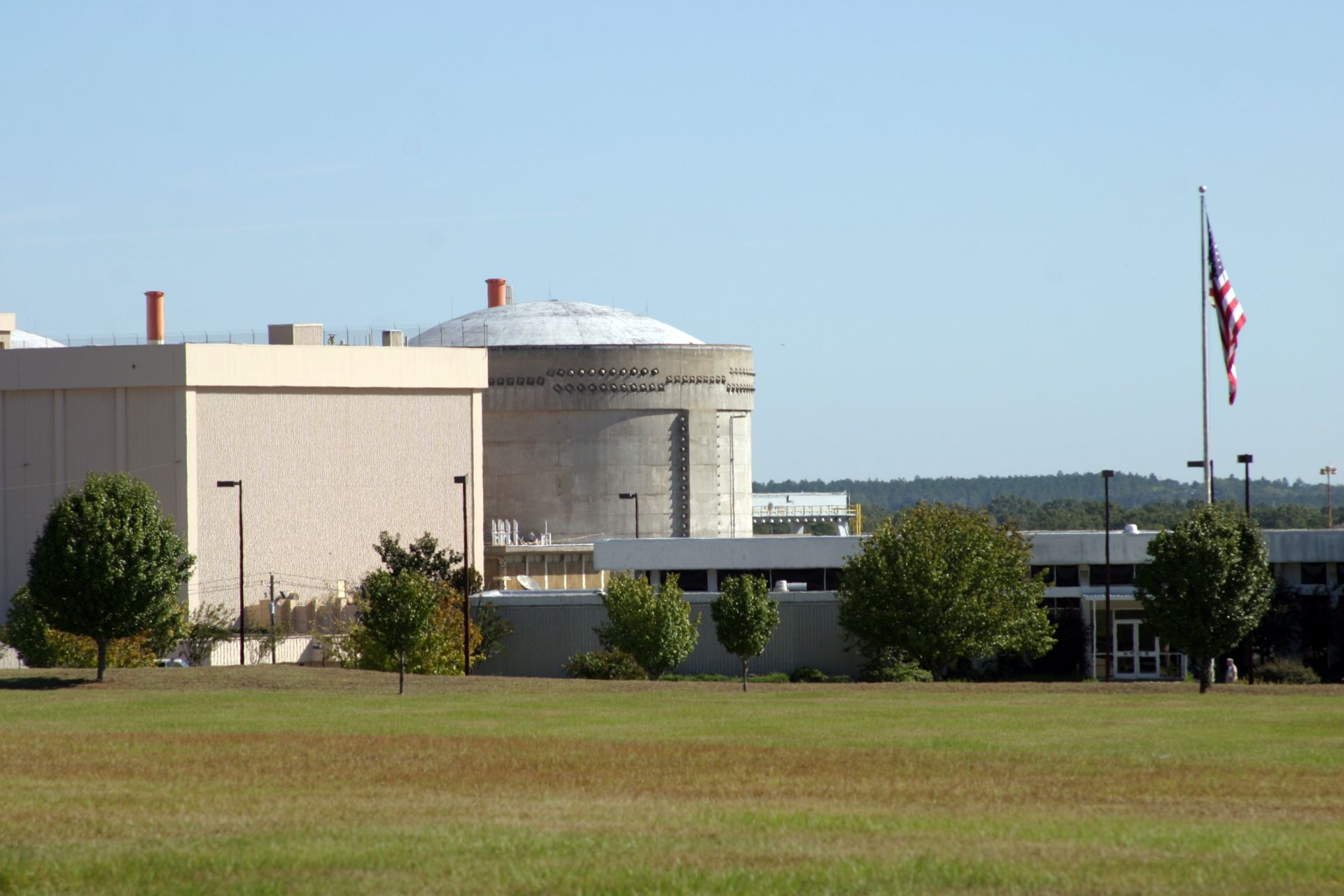
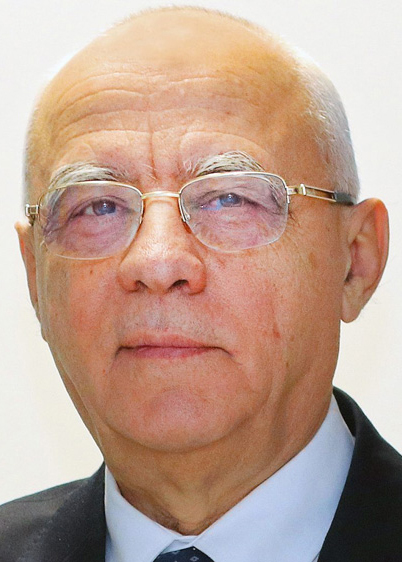
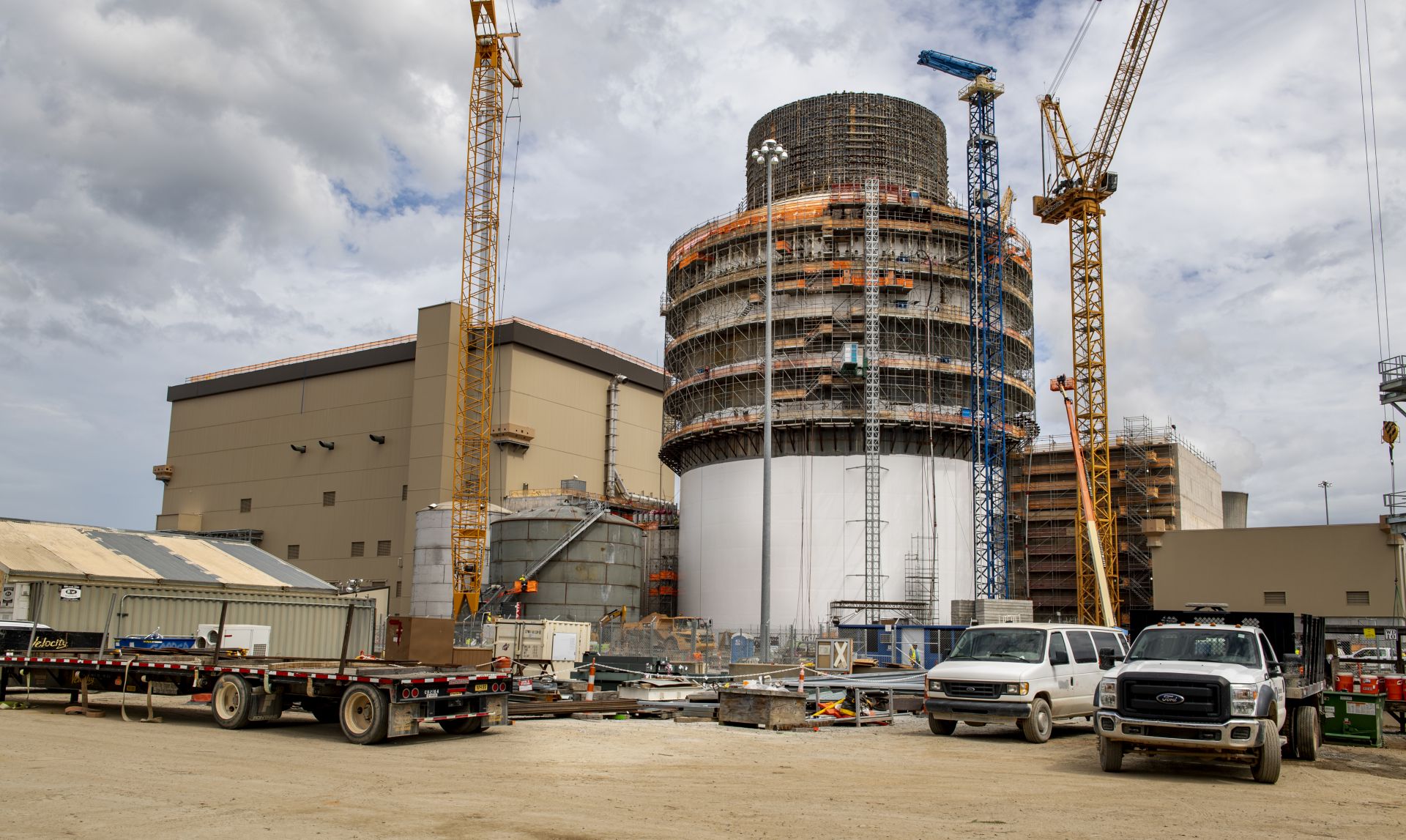

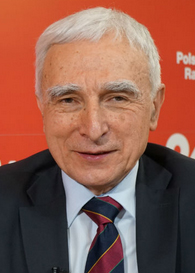

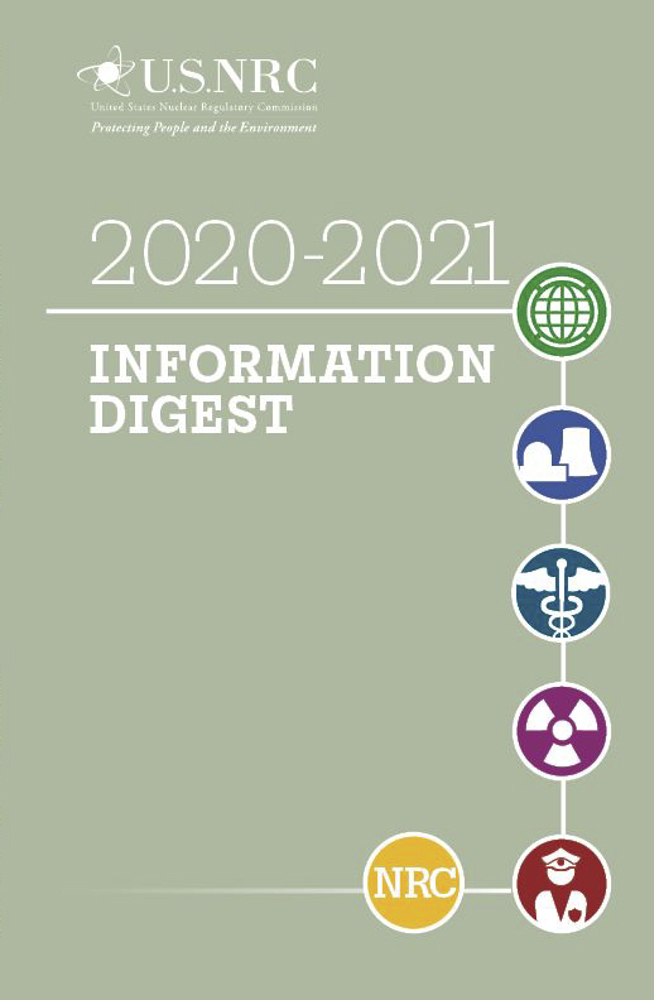 The Nuclear Regulatory Commission last week announced the publication of the 2020–2021 Information Digest, which describes the agency's mission, responsibilities, accomplishments, and activities and provides general information on nuclear-related topics. The digest is published annually and, beginning this year, will be available electronically only on the NRC’s website.
The Nuclear Regulatory Commission last week announced the publication of the 2020–2021 Information Digest, which describes the agency's mission, responsibilities, accomplishments, and activities and provides general information on nuclear-related topics. The digest is published annually and, beginning this year, will be available electronically only on the NRC’s website.